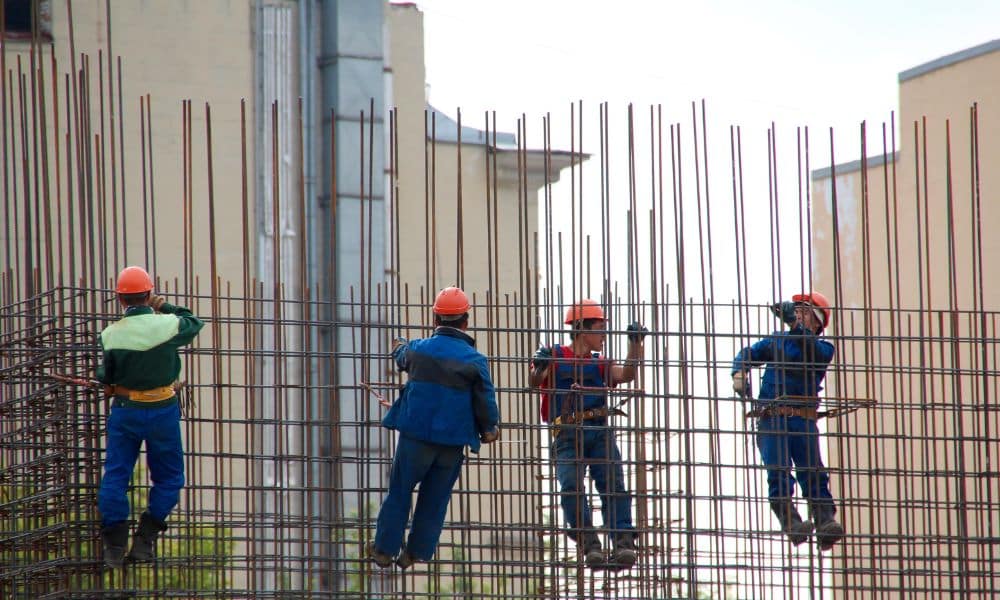Respiratory Construction Sites Hazards
Construction sites can be dangerous places to work, with a variety of safety hazards present at any given time. However, one hazard that is often overlooked is the risk of inhaling harmful particles and gases. This is where respirators come in – by protecting the respiratory system, they can help to prevent a variety of serious health issues and even save lives. This article informs you of Construction Sites Hazards in 2023 | Respiratory Hazards. So let’s go to the report.
Respiratory Hazards Review

One of the most common construction safety hazards that respirators can help to protect against is dust and other particles. Wood, drywall, and other materials used in construction can produce a significant amount of dust. Which can inhale and lead to respiratory problems. Inhaling large amounts of dust can also cause long-term damage to the lungs. Leading to conditions such as silicosis and asbestosis. Respirators can help to filter out these particles, ensuring that workers are not inhaling harmful dust and reducing their risk of developing respiratory issues.
Another hazard that respirators can help to protect against is the inhalation of toxic gases. Many construction materials and processes produce gases that can harm workers if inhaled. For example, welding can produce fumes containing a variety of harmful substances, including ozone, nitrogen oxides, and carbon monoxide. Inhaling these gases can lead to short-term effects such as dizziness and nausea. As well as more serious long-term health issues such as cancer. Respirators with the appropriate filters can help to remove these gases from the air. Protecting workers from the harmful effects of inhaling toxic fumes.
In addition to protecting against dust and toxic gases, respirators can also help to reduce the risk of respiratory infections. Many construction sites are located in areas with poor air quality. Workers may be exposed to a variety of bacteria and viruses that can lead to respiratory infections. Wearing a respirator can help to filter out these particles, reducing the risk of workers contracting respiratory infections.
Types of Respirators
There are a variety of different types of respirators available, each designed to protect against specific hazards. For example, some respirators are designed to filter out particulates such as dust, while others are designed to filter out gases. It is important to choose the right type of respirator for the specific hazards present on the construction site.
While respirators can be an effective tool in protecting workers from respiratory hazards. It is essential to use them correctly in order to maximize their effectiveness. This includes selecting the appropriate type of respirator for the specific hazards present. Wearing it correctly, and maintaining it according to the manufacturer’s instructions.
Proper training is also essential in order to ensure that workers are using respirators correctly. This should include information on how to fit and wear the respirator, as well as how to properly maintain and store it. In addition, workers should make aware of the signs and symptoms of respiratory problems, so that they can seek medical attention if necessary.
Conclusion
In conclusion, respirators are an essential tool in protecting workers from respiratory hazards on construction sites. By filtering out harmful particles and gases, they can help to prevent a variety of serious health issues and even save lives. However, it is important to use respirators correctly and provide proper training to ensure that they are effective in protecting workers. By taking these steps, construction companies can help to create a safer work environment for their employees and reduce the risk of respiratory problems and other serious health issues. Hope you understand how to Construction Sites Hazards in 2023 | Respiratory Hazards. Read More,

